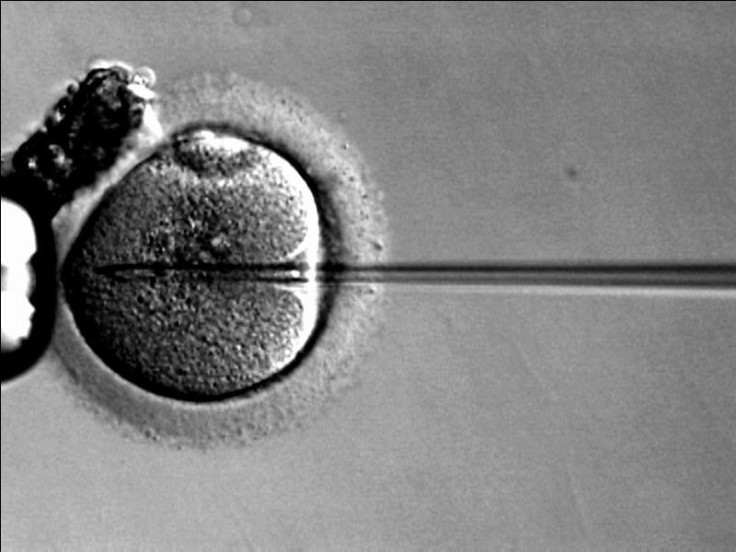India: 'Genetically male' woman gives birth despite underdeveloped uterus

In what is equivalent to a man giving birth, a woman with non-functional ovaries and an under-developed uterus has given birth to two healthy babies in Meerut in northern India.
Even in normal females, assisted reproduction has a success rate of only 35-40%, making this child-birth a medical miracle.
The woman termed "genetically male" had an infantile uterus which was developed using hormones and endocrinal treatment spread across three years. Embryos developed with donor eggs were then implanted.
"This is something similar to a male delivering twins," Dr Sunil Jindal, the infertility specialist who administered the treatment, told Times of India.
The woman's condition is medically referred to as XY gonadal dysgenesis, in which the person has external female characteristics but non-functional gonads or ovaries.
In both sexes, the commencement and progression of puberty requires functional gonads (testes and ovaries) that work in harmony with the hypothalamic and pituitary glands to produce adequate hormones.
If a gonad cannot express its sexual identity via its hormones then the affected person, no matter whether their chromosomes are XY or XX, will develop external female genitalia.
Internal female genitalia, primarily the uterus, may or may not be present.
In the present case, the chromosomal study done led the doctors to diagnose her as having XY (male pattern) chromosomes.
Having never menstruated or experienced puberty, the "woman" still nursed a dream of becoming a mother.
"Our biggest challenge was how to administer this pregnancy for nine months in a body not designed for it," said Dr Anshu Jindal, medical director at Jindal Hospital, where the babies were delivered.
The doctors plan to present the case at the annual conference of the European Society of Human Reproduction and Embryology.
© Copyright IBTimes 2025. All rights reserved.





















